At the National Etruscan Museum of Villa Giulia in Rome, the restoration of the famous Sarcophagus of the Bride and Groom has begun. An identifying symbol par excellence of the Museum itself, it is deeply linked to its founder, Felice Barnabei, because it was he who bought for 4,000 liras that pile of terracotta fragments-about four hundred pieces-that today constitute a true masterpiece of Etruscan art, dating back some 2,500 years.
The discovery in fact took place on April 9, 1881, near Cerveteri, inside the estate of Prince Francesco Ruspoli, known as “della Banditaccia.” On that occasion, numerous fragments were found that, once reassembled, gave shape to the Sarcophagus of the Spouses: alarge funerary urn, with a lower part that recalls the shape of a kline, the bed on which the ashes of the deceased were laid, and an upper part, namely a lid carved with the effigies of a married couple portrayed semi-reclining at a banquet.
More than 100 years after the first restoration, which allowed the work to be reconstructed from hundreds of fragments, and more than 50 years after the last maintenance work, the Sarcophagus is now the focus of a new study campaign. The project involves not only restoration, but also the implementation of a plan for its conservation, care and enhancement, made possible through an agreement with theCentral Institute for Restoration.
Present at the presentation of the project held this morning were the Director General of Museums, Massimo Osanna, the Museum Director, Luana Toniolo, the Director of the Central Institute for Restoration, Luigi Oliva, and the President of Banca Popolare del Cassinate, Vincenzo Formisano.
The first phase of this conservation and restoration work, which has already begun, in collaboration with the Central Institute for Restoration, is making it possible to define the methods, materials and timing needed for the entire work, made possible thanks to the support of a private patron. In order to share with the public this delicate moment in the conservation process, the National Etruscan Museum of Villa Giulia has decided to exceptionally open the doors of the restoration workshop twice a week: every Tuesday and Thursday, from 10 a.m. to 1 p.m., visitors will be able to closely observe the restorers at work.
The restoration workshop is characterized by an approach that aims to respect the constituent materials and historic restorations and will allow visitors to experiment with techniques and methods of intervention, as well as the most suitable materials compatible with the complex condition of the artifact. For the director of the Central Institute for Restoration, Luigi Oliva, “the Sarcophagus of the Bride and Groom is one of the absolute masterpieces of art to the care and maintenance of which the ICR has been collaborating for years, experimenting with the most innovative restoration technologies that respect its inestimable historical and artistic value in full synergy with the Museum’s staff.”
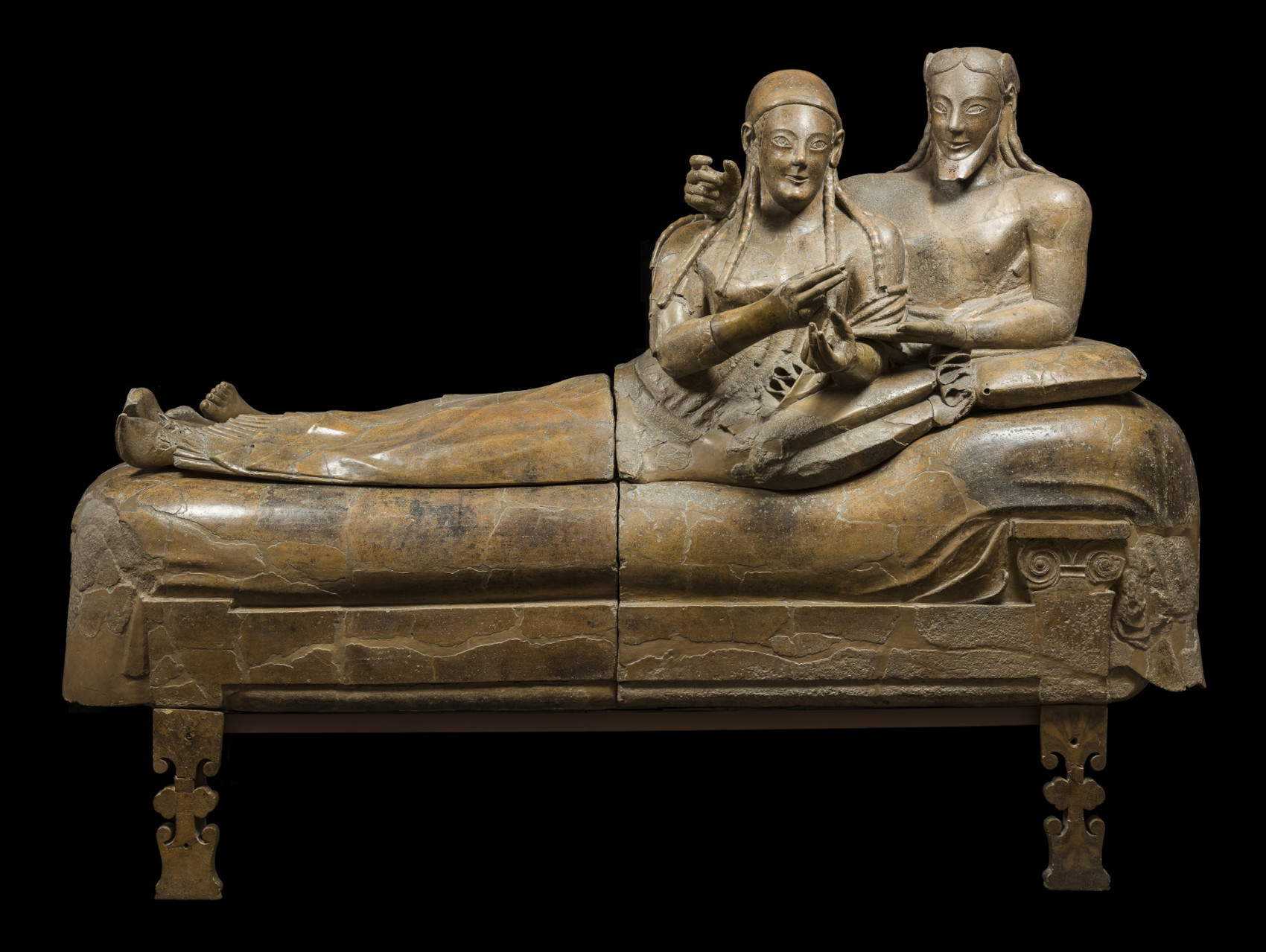
“We are happy to present this first restoration intervention on the selected portion of the sarcophagus that corresponds to the legs of the bride and groom,” said Museum Director Luana Toniolo. “It will be an ’open restoration’ under the eyes of the public, who will be able to witness the operations live in a special laboratory equipped with all the necessary equipment to carry out the intervention. A restoration that is the result of a long process of study and reflection, combining the use of digital technologies and analysis and that will ensure a new reading of one of the greatest masterpieces of antiquity.”
“It is with great pleasure that today we announce the start of an important restoration activity on one of the masterpieces of ancient art such as the Sarcophagus of the Bride and Groom, known throughout the world. A source of pride is also the synergy put in place by the Institutes of the Ministry of Culture, in particular the Central Institute for Restoration and the National Etruscan Museum of Villa Giulia, which have combined their skills and objectives to achieve a fundamental result in the field of protection and enhancement,” said Alfonsina Russo, Head of the Department for the Enhancement of Cultural Heritage. “Not least, the patronage implemented in this circumstance demonstrates the concrete commitment of the private partnership in the protection and enhancement of cultural heritage as well, also allowing an opportunity to bring the public closer to the work behind the scenes.”
“Our museums are no longer just places for exhibitions,” commented Massimo Osanna, Director General of Museums, “but living spaces in which research, conservation and fruition are intertwined in an increasingly conscious and integrated way. In this perspective, the restoration of the Sarcophagus of the Bride and Groom represents a valuable opportunity to deepen the history and biography of an emblematic work of our heritage. What made this intervention possible was the concrete support of a patron, thanks to the Art Bonus tool, which continues to represent a virtuous model of collaboration between public and private, capable of generating value and quality. Appreciable and effective was the Museum’s choice to open the restoration laboratory to the public, to share that work of investigation and care that usually takes place behind the scenes. A choice that highlights the fundamental role of restorers and all the professionals who contribute to the knowledge, conservation and enhancement and promotion of our heritage. Without their contribution, works risk remaining mute: thanks to their intervention they can instead tell their own story, becoming understandable and accessible to all audiences.”
“It is with great pride and emotion that today we announce the collaboration between Banca Popolare del Cassinate and the National Etruscan Museum of Villa Giulia for the restoration of one of the most celebrated works of Etruscan art. An iconic, world-famous and beloved work that we want to help restore to its splendor, to make it once again available to the public. With this initiative, our bank wants to reaffirm once again its commitment to culture and art, the first real wealth in which it is necessary to invest to ensure protection and enhancement,” commented the President of Banca Popolare del Cassinate, Vincenzo Formisano, patron of this important restoration.
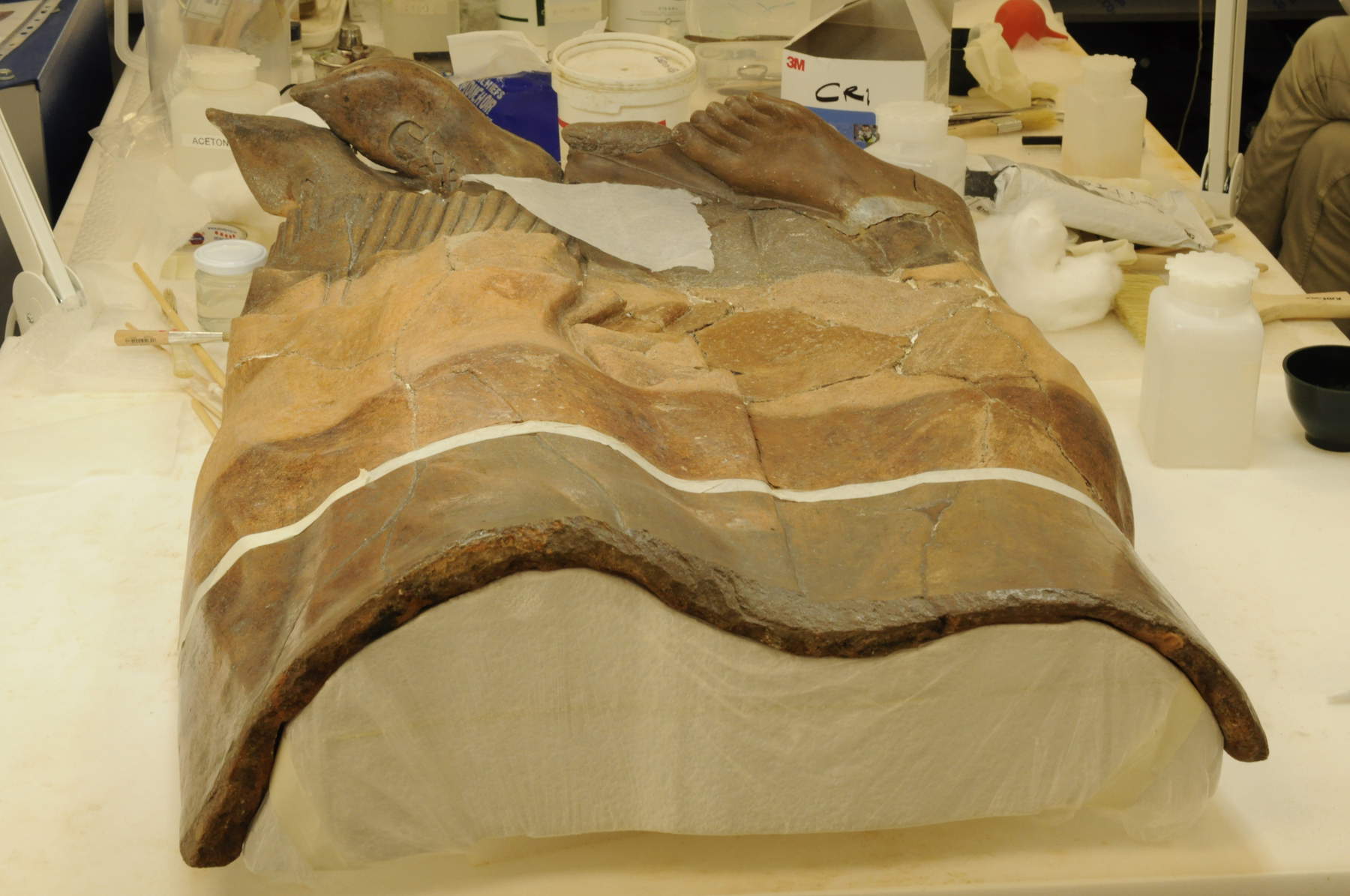
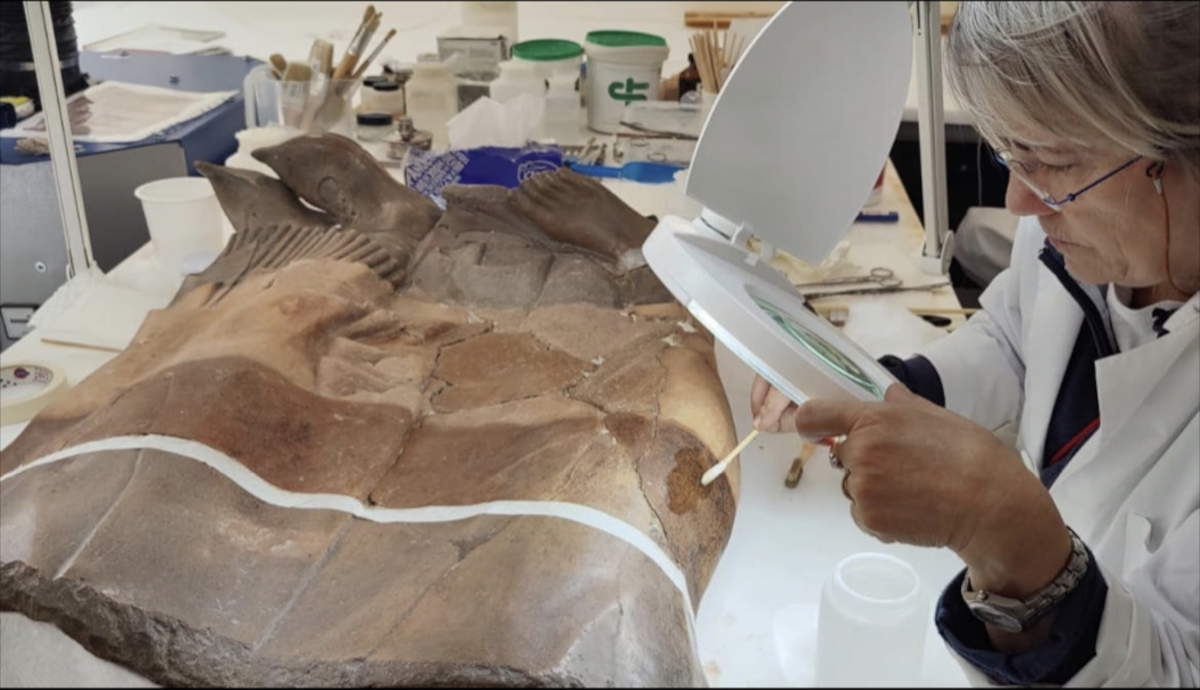
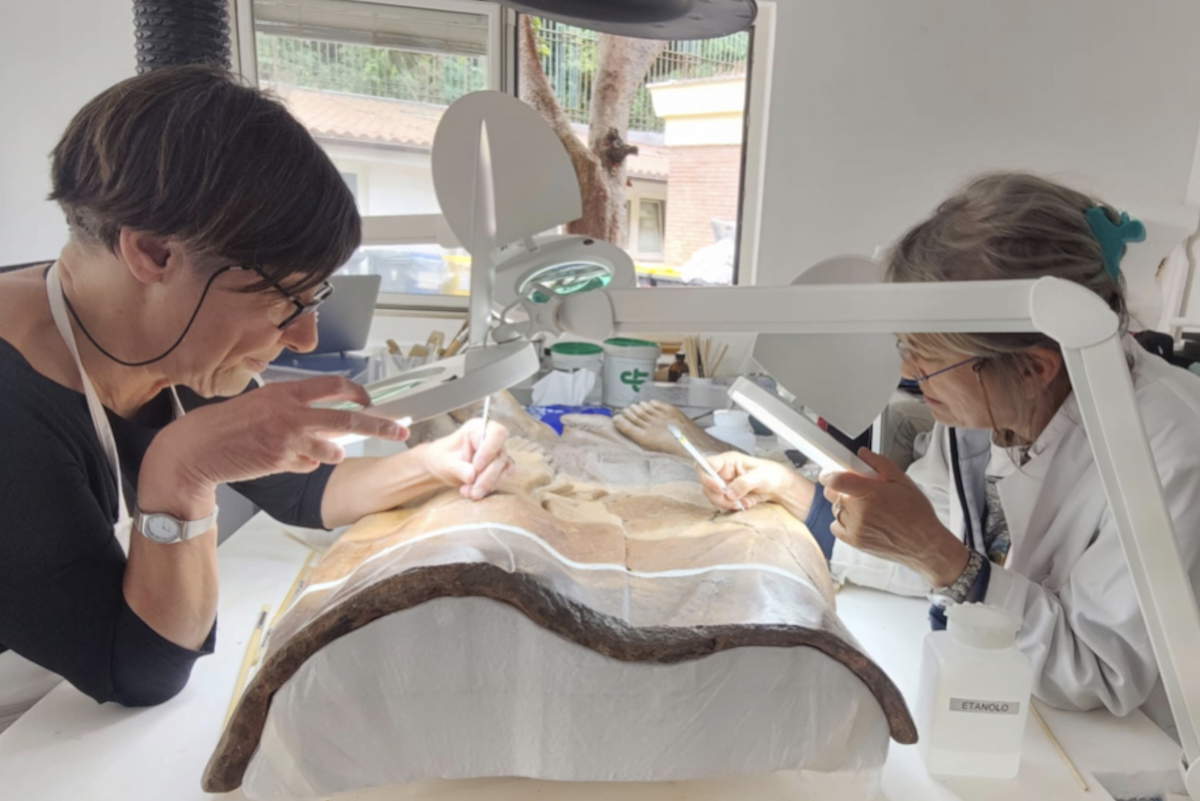
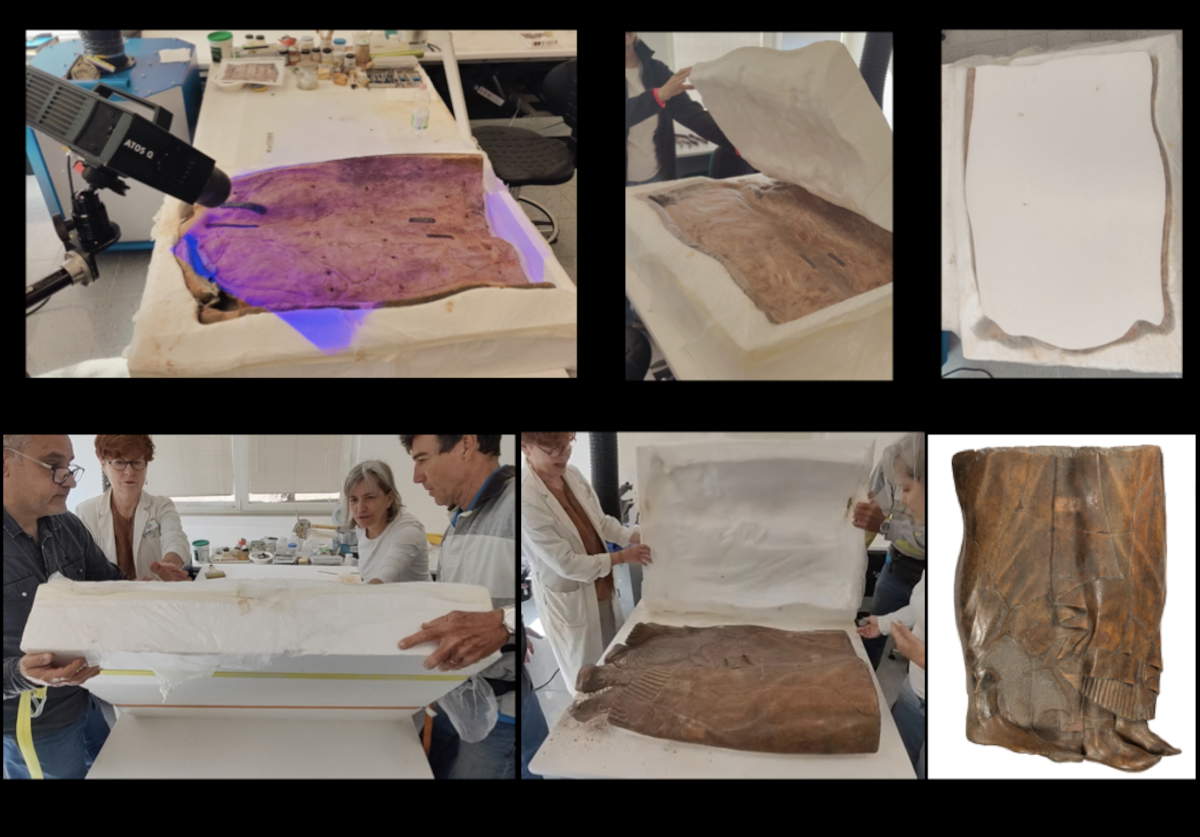
 |
| Under restoration, the Sarcophagus of the Bride and Groom, a masterpiece of Etruscan art and a symbol of the Villa Giulia Etruscan Museum |
Warning: the translation into English of the original Italian article was created using automatic tools. We undertake to review all articles, but we do not guarantee the total absence of inaccuracies in the translation due to the program. You can find the original by clicking on the ITA button. If you find any mistake,please contact us.